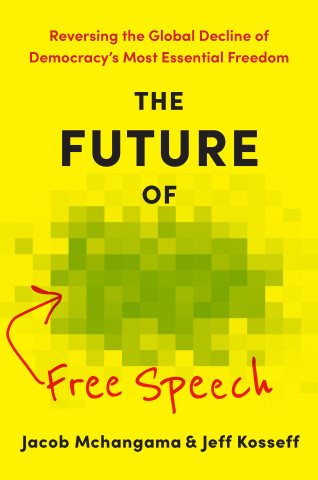
Reviews
This book is concisely written and reads easily,... uniquely covers the social and political contexts of the ESA... [and] provides insight into the controversies surrounding [it]... It provokes thoughtful consideration of the ESA, it logically organizes ESA issues, and it boldy recommends improvements.
Interesting for anyone concerned about the preservation of species and, more generally, the global environment... a good explanation of the statute, a wonderful and often entertaining description of how we view and rank nonhuman species, and a provocative critique of the very policy analytic framework the authors have employed.
This book examines many different aspects of the ESA and would be of interst to anyone concerned with the ESA.
The Endangered Species Act provides plenty of insight, a fresh policy model, and a new perspective on the ESA that shoudl attract and challenge historians, envronmentalists, and policy makers.
Czech and Krausman are effective and original scholars. The Endangered Species Act: History, Conservation Biology, and Public Policy is both a treatise on policy assessment and an excellent history, assessment, and discussion of the ESA itself. Those interested in natural resources policy and those interested specifically in the ESA will want to read this book.
Book Details
List of Figures and Tables
Preface and Acknowledgments
Part I. SETTING THE STAGE
Chapter 1. The Endangered: Species, Acts, and Democracy
Chapter 2. A History of Endangered Species in the United States
Chap
List of Figures and Tables
Preface and Acknowledgments
Part I. SETTING THE STAGE
Chapter 1. The Endangered: Species, Acts, and Democracy
Chapter 2. A History of Endangered Species in the United States
Chapter 3. Statutory, Administrative, and Academic Evolution of the Endangered Species Act
Chapter 4. Traditional Analyses of the Endangered Species Act
Part II. A POLICY DESIGN ANALYSIS OF THE ENDANGERED SPECIES ACT
Chapter 5. Policy Elements of the Endangered Species Act
Chapter 6. Social Construction of Endangered Species Act Targets
Chapter 7. Technical Legitimacy of the Endangered Species Act
Chapter 8. Context of the Endangered Species Act
Chapter 9. Implications of the Endangered Species Act for Democracy
Chapter 10. Property Rights of the Endangered Species Act
Chapter 11. Summary and Recommendations
Appendix 1. Clause-specific Assumptions of ESA Authors
Appendix 2. Common and Latin Names of Species Mentioned in the Text
Appendix 3. Legal Citations
References
Index






